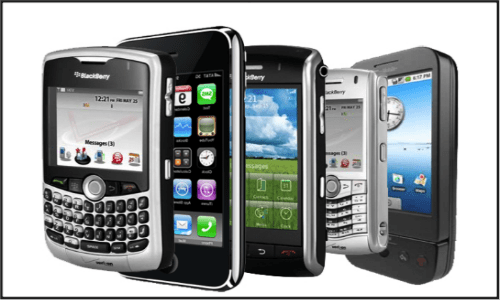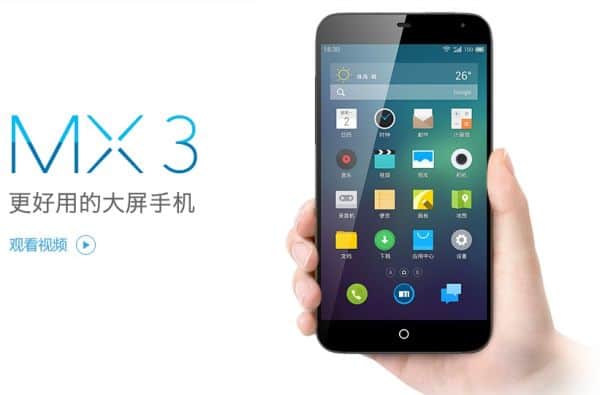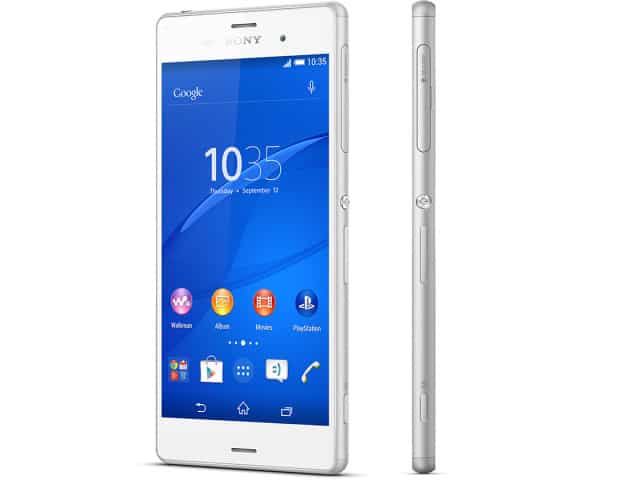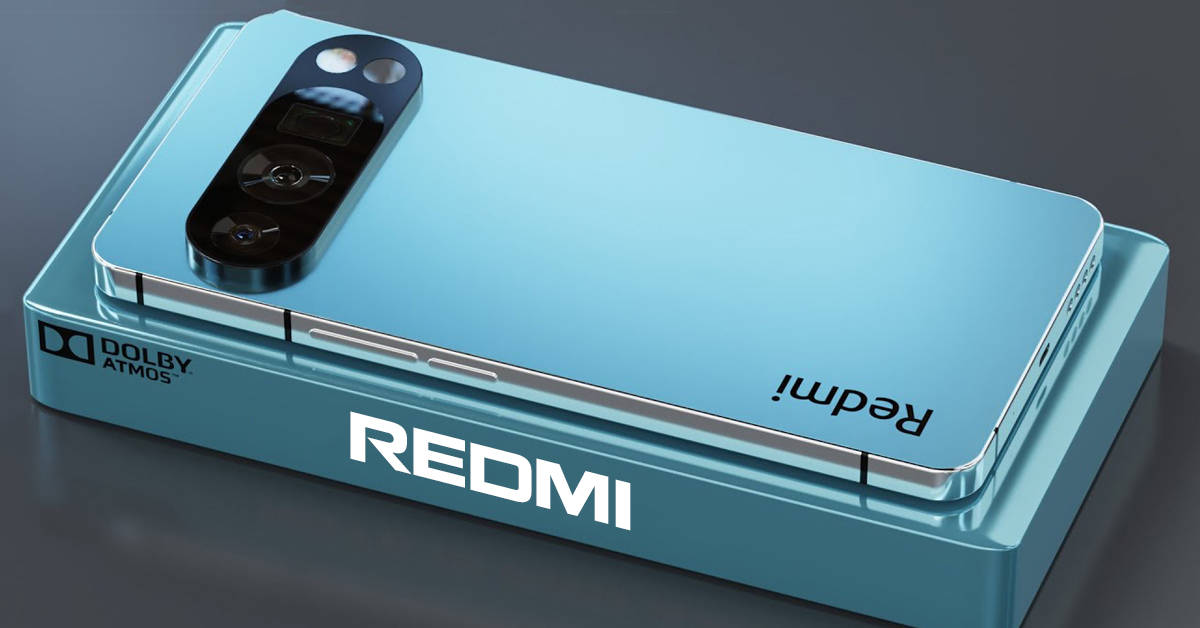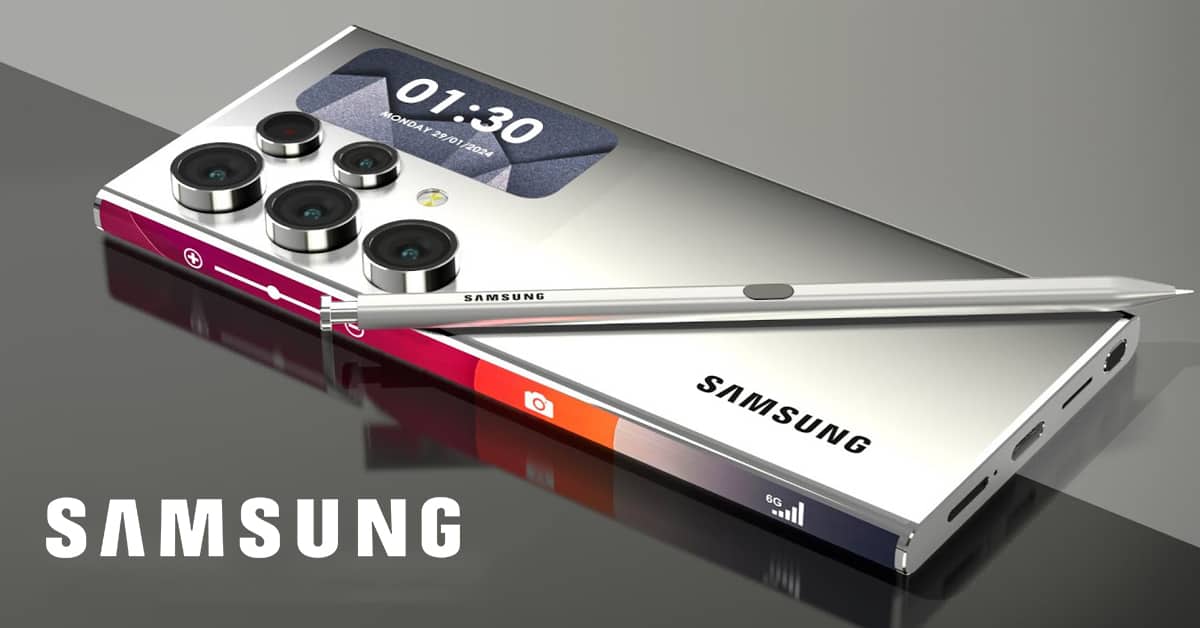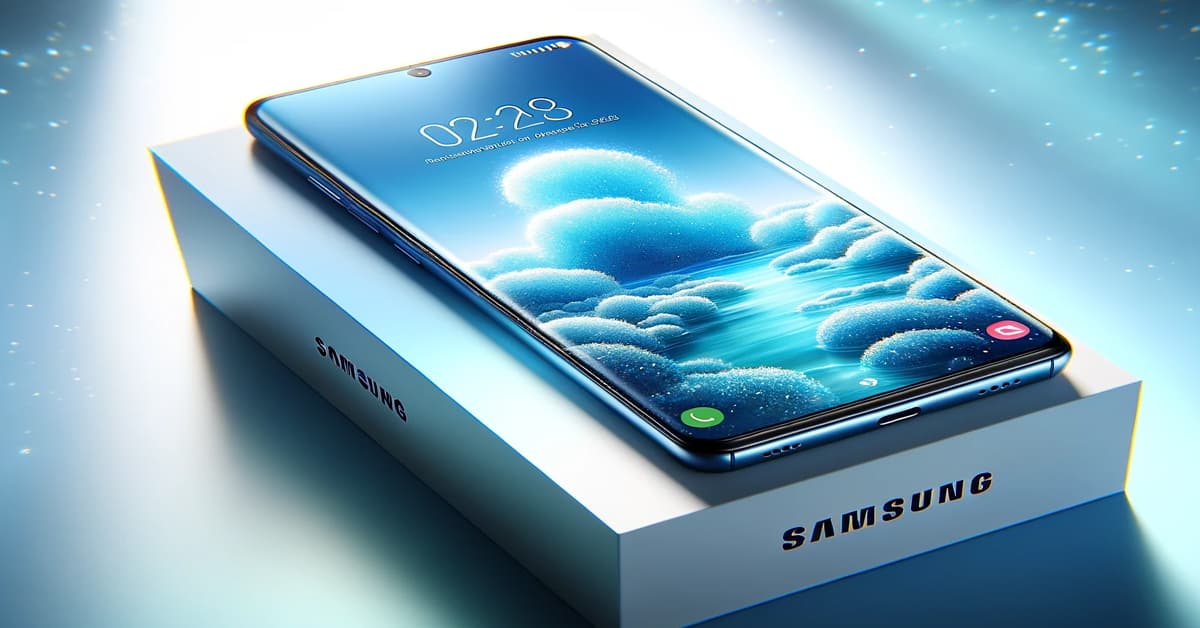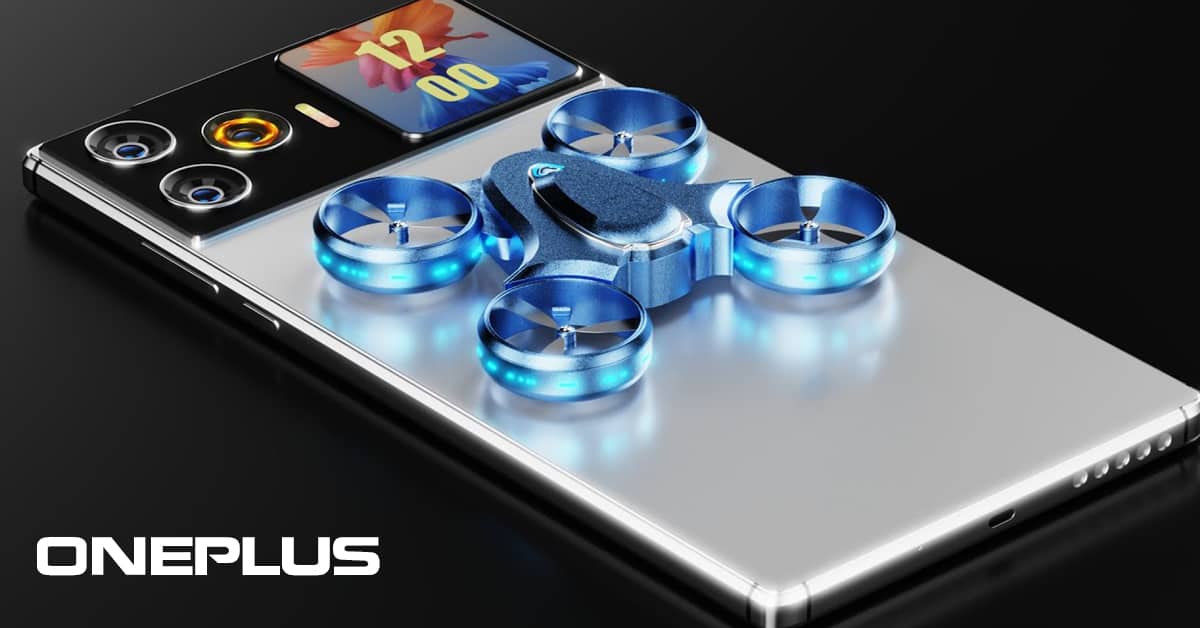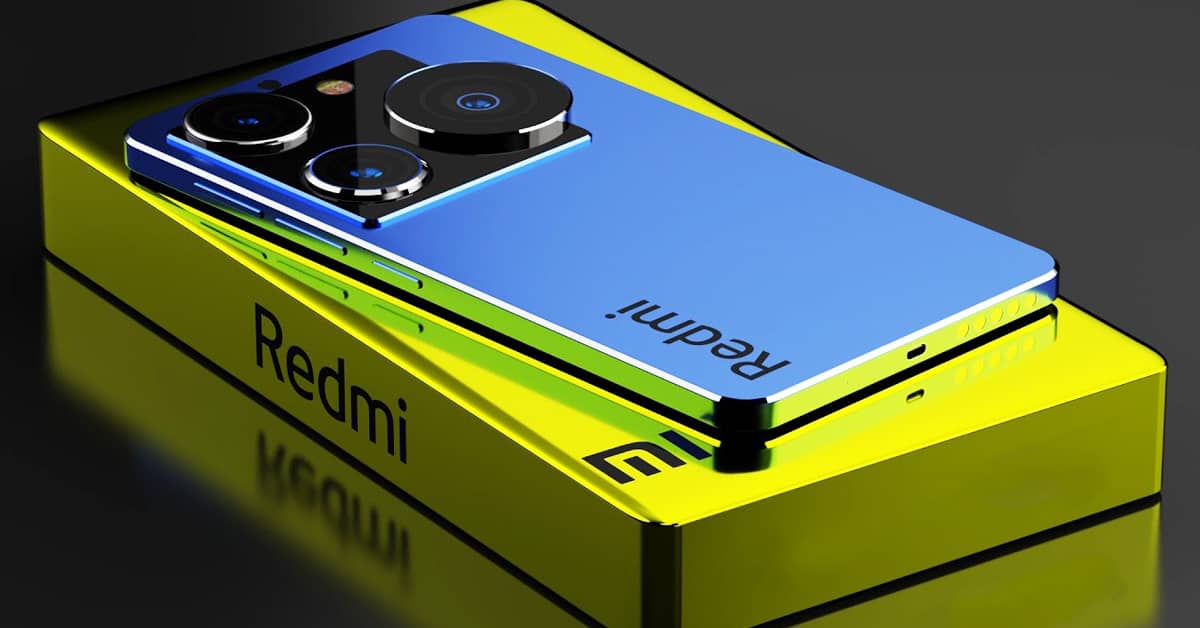MicroSD card – is it an extra support or super important to you smartphones?
Secure digital cards, used mostly for external memory on portable devices, have been long a feature that many smart phones support. As with budget smart phones, the internal storage is inefficient, thus having the extra card slot can share the burden of lacking memory.
The earlier devices have very low internal storage.
MicroSD cards vs larger storage on smartphones
However, as of today, many devices have large internal memory. For example, Oneplus One, Lenovo Vibe, Asus Zenfone Selfie, or Huawei Honor 7 are known devices that support up to 64Gb of internal storage. Moreover, other high-end smart phones like Apple iPhone 6s, Nubia X6, Meizu MX3 or Samsung Galaxy S6 support up to 128GB for different versions.
Meizu MX3 provides users with its 128GB version – almost as much as what a small computer can offer.
However, larger internal storage means higher in price. The 16GB version of iPhone 5 costs 199$, while the 32GB costs 299$ with full carrier subsidies. This is just reasonable since Apple doesn’t integrate a microSD card onto iPhone, but the same situation happens on other brand name smart phones too. Moreover, as more memory means higher speed, this is understandable why the price is higher.
Sony Xperia Z3 32GB costs nearly 100$ more than the 16GB one.
On the other hand, Samsung has been manufacturing 128GB storage to deliver to its low-end smart phones. It seems that both the manufacturers and users can benefit from this, and microSD cards will become less important in the future.
However, as smart phones with larger memory still costs lots more, many people still prefer buying the microSD card for more storage depending on their budget. Therefore, even if there are more smart phones with large internal memory released, microSD cards will still be an important feature. microSD cards, right now, are the best support for low-end smart phones, until new technologies start to replace it.
